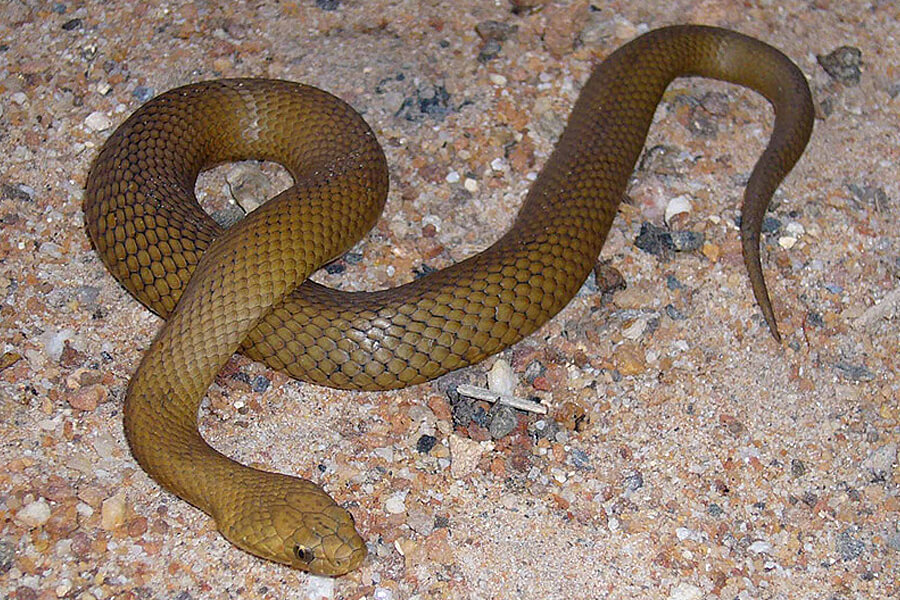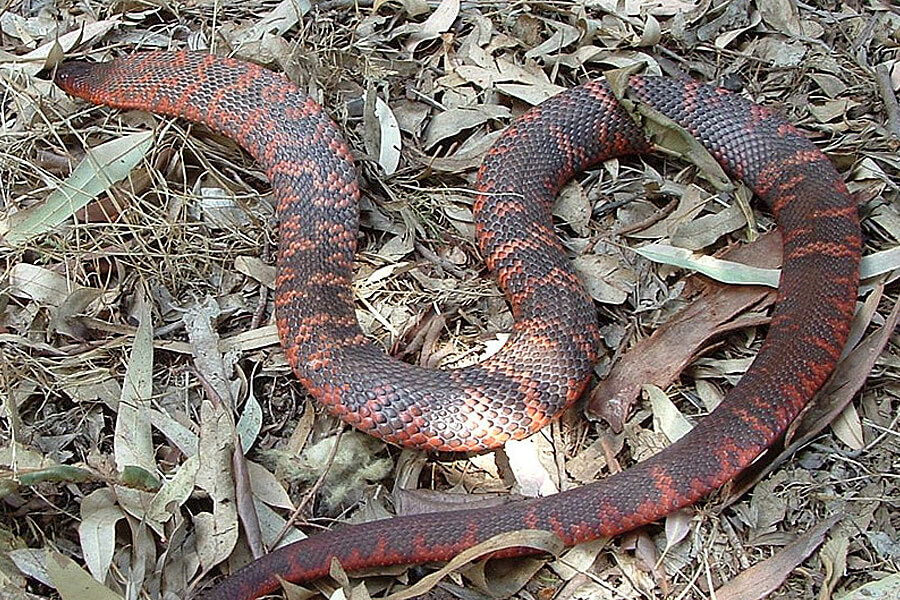Introduction
Australia is renowned for its abundant biodiversity, especially when it comes to reptiles. Amongst these fascinating creatures, the Eastern Tiger Snake ( Notechis scutatus) attracts attention due to its striking look and potent poison. Located predominantly in southeastern Australia, this types has fascinated both herpetologists and casual observers alike. In this comprehensive overview, we will look into the qualities of the Eastern Tiger Serpent, discover their environment, actions, and diet, and share important safety pointers for anybody who might encounter them.
As we traverse with the nuances of the Eastern Tiger Serpent's life, we'll likewise talk about vital subjects such as serpent bite first aid and prevention approaches. With snake bites being a major issue in Australia, furnishing yourself with understanding can imply the distinction between security and risk. Buckle up as we start this enlightening journey.
Exploring the Eastern Tiger Serpent: Characteristics and Safety Tips
1. Overview of the Eastern Tiger Snake
The Eastern Tiger Snake is a highly poisonous serpent that belongs to the Elapidae household. Identified by its distinctive banding pattern that looks like a tiger's red stripes, this types showcases a series of colors from olive-green to black and even brown hues.
1.1 Physical Characteristics
Tiger serpents are medium to large-sized snakes that commonly reach lengths of 1.2 to 2 meters (4 to 6.5 feet). Their durable bodies are complemented by a flattened head that makes them quickly recognizable among other snakes.
1.2 Poison Composition
The venom of an Eastern Tiger Snake is primarily neurotoxic. This suggests it can impact the nerves and result in paralysis if left without treatment. Thankfully, antivenom is readily available in Australia for those unfavorable enough to be bitten.
2. Environment of the Eastern Tiger Snake
Understanding where these snakes grow can assist in avoiding encounters and valuing their function in the ecosystem.


2.1 All-natural Habitat
Eastern Tiger Snakes like seaside areas, marsh areas, and grasslands. They are often found near freshwater resources like swamps and rivers.
2.2 Geographical Distribution
This species is mainly situated in southeastern Australia, consisting of components of Tasmania where they are frequently described as Tasmanian tiger snakes.
3. Habits Patterns
3.1 Diurnal vs Nocturnal Activity
While some tiger snakes may display nighttime actions throughout warmer months, they are mainly diurnal animals that quest throughout daytime hours.
3.2 Defensive Mechanisms
When threatened, tiger snakes may show aggressive behavior by coiling back or hissing Preventing snake bites Australia loudly before striking if provoked further.
4. Diet plan of the Eastern Tiger Snake
Tiger serpents have a diverse diet plan largely including tiny mammals, birds, amphibians, and various other reptiles.
4.1 Searching Techniques
They utilize ambush tactics coupled with rapid strikes to record unsuspecting prey-- a remarkable task provided their size!
5. Are Tiger Snakes Venomous? Comprehending Their Threat Level
Yes! The eastern tiger serpent is certainly venomous; nevertheless, not all attacks lead to envenomation (the injection of poison). Awareness about their danger degree is crucial for anybody that frequents their habitat.
6. Emergency Treatment for Serpent Bites: A Crucial Skillset
If a person is attacked by a tiger serpent or any other varieties:

- Remain calm; panic exacerbates symptoms. Call emergency solutions immediately. Apply a stress bandage above the bite site.
Knowing exactly how to react quickly can conserve lives!
7. Usual Myths Concerning Tiger Snakes Debunked
Misunderstandings about tiger serpents are plentiful-- let's resolve some typical myths:
- Myth: All serpents are aggressive. Fact: Many serpent types prefer evasion over confrontation. Myth: A dry bite suggests no danger. Fact: Always look for medical interest regardless of symptoms!
8. Safety And Security Precautions When Experiencing Snakes
Awareness is your ideal protection versus unwanted experiences with tiger snakes:
- Stay vigilant while treking or going through understood habitats. Avoid high turf where visibility could be limited. Wear appropriate shoes when discovering natural areas.
9. What To Do If You Come Across an Eastern Tiger Snake?
Stay tranquility! Slowly pull back without making abrupt movements-- it's crucial not to prompt the pet further.
10. Child Tiger Snakes: The Kids' Journey
Juvenile tigers generally exhibit different pigmentation than grownups however retain similar patterns that offer camouflage versus predators and environmental threats.
10.1 Developing Stages
These infant snakes arise after regarding 2 months' pregnancy from eggs laid by women-- a fascinating shift right into independence!
11. The Duty of Preservation in Protecting Snake Species
With urban growth encroaching upon all-natural environments, preservation initiatives are essential for maintaining healthy and balanced populations of eastern tiger snakes-- and all wildlife!
Frequently Asked Questions
FAQ 1: Are all tiger snakes deadly?
While eastern tiger serpents possess powerful poison with the ability of creating serious injury or death if without treatment, not every encounter results in a Best first aid practices for Australian snakebites bite or envenomation.
FAQ 2: Exactly how can I identify an eastern tiger snake?
Look for special stripe patterns integrated with pigmentation ranging from olive-green to black; they also have flat heads characteristic of elapids!
FAQ 3: What must I include in my snake bite first aid kit?
Essential products consist of pressure plasters, sterilized gauze pads for wound treatment, disinfectant wipes/solutions like alcohol swabs in addition to emergency situation contact numbers!
FAQ 4: How frequently do tiger serpents breed?
Typically reproducing happens throughout springtime when temperature levels climb-- women may lay in between 20-30 eggs per clutch depending on environmental conditions!
FAQ 5: What makes Tasmania's tiger serpent unique?
Tasmanian tigers often tend towards larger dimensions compared to mainland counterparts; their shade variations vary extensively across various geographical areas too!
FAQ 6: Can you safely transfer a serpent located on your property?
It's suggested not to attempt self-relocation as incorrect handling may prompt them-- call neighborhood wild animals authorities rather for assistance!
Conclusion
In recap, discovering the brown snake australia eastern tiger serpent discloses much concerning among Australia's most captivating reptiles-- from its striking physical features to its important duty within communities alongside common safety considerations regarding prospective experiences with humans! Recognition concerning this varieties cultivates respect while making certain risk-free experiences need to one cross paths with these wonderful creatures out in nature-- because expertise truly encourages us all!